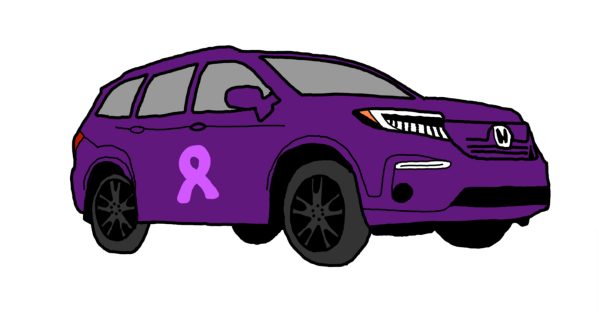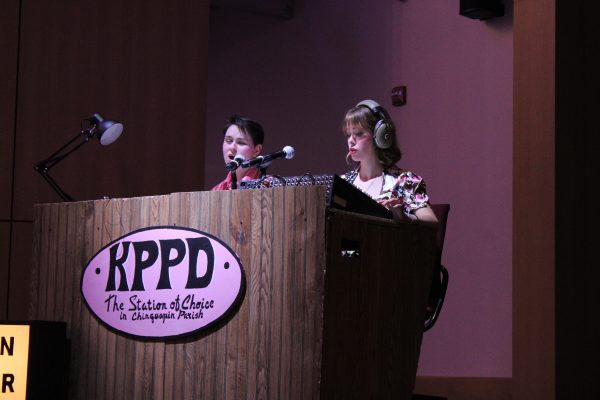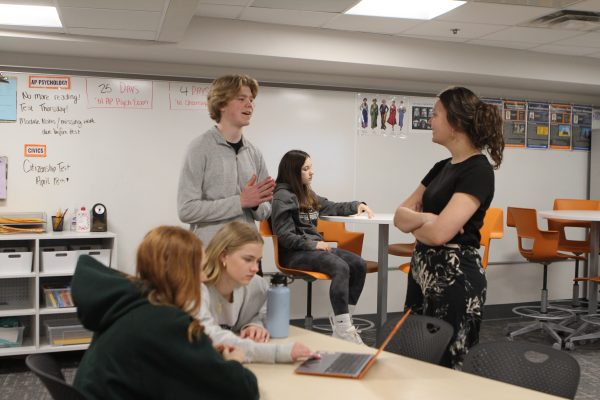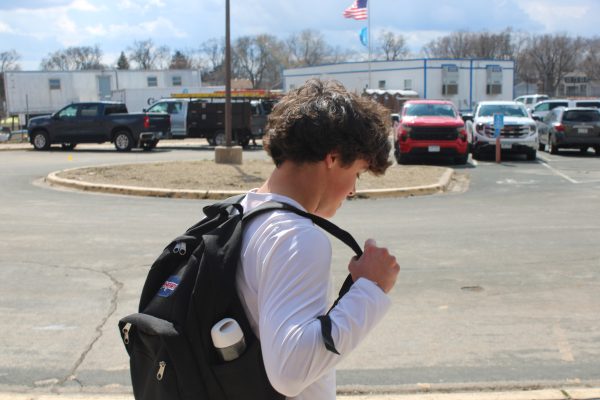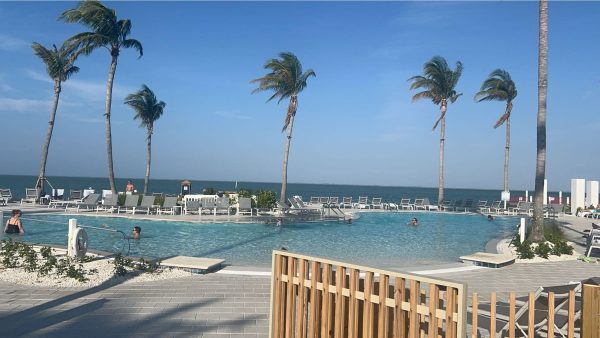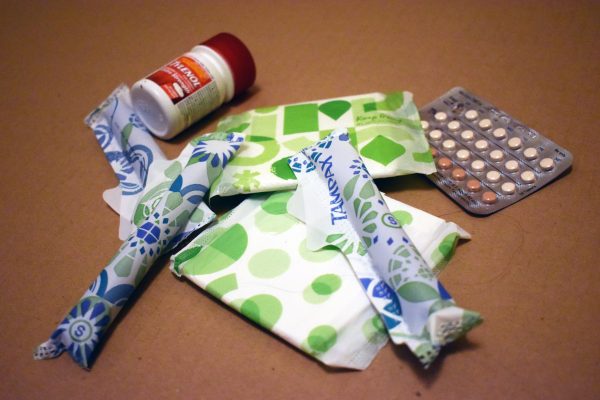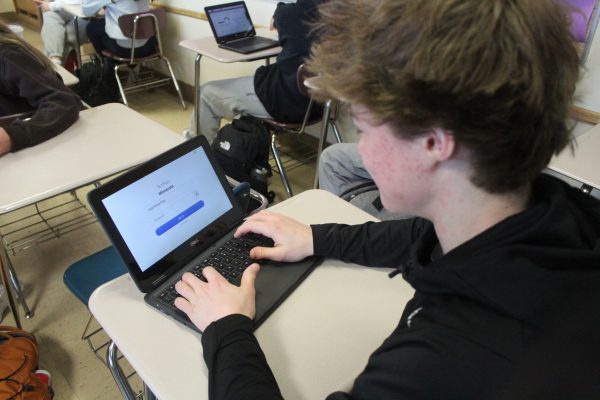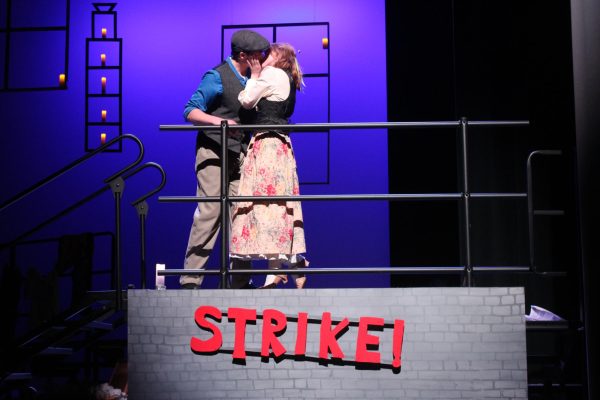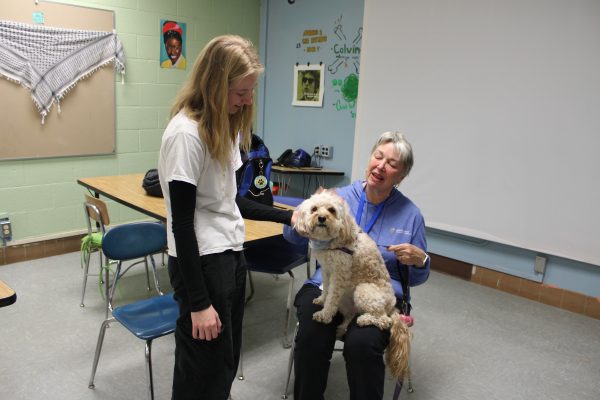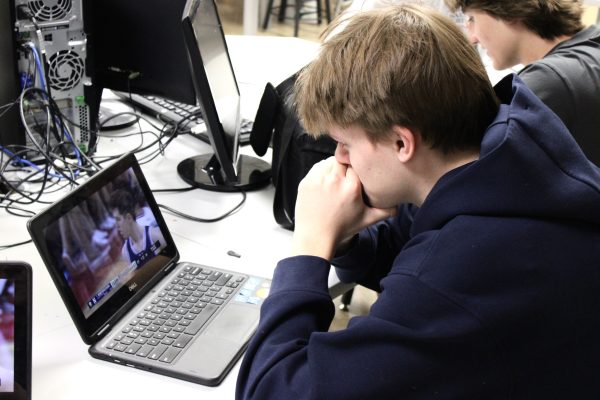Large, public locations may be linked to sex trafficking
Research finds sex trafficking prospers around these events
October 13, 2016
When junior Izzi Gilbert Burke learned more information about global sex trafficking, she expressed concern about its local impact on her community.
“It’s worrisome and it also is kinda crazy how because of a larger flow of people coming in it makes it easier and it could actually be happening somewhere we live,” Gilbert Burke said. “It’s not just something far off. It’s really something that could be in our community.”
Sister Margaret Nacke, a member of the U.S. Catholic Sisters Against Human Trafficking (USCSAHT), said the sex trafficking business often flourishes around major events, such as the Super Bowl, or events drawing in a large influx of men.
“Any areas where there are large populations of males increase the ‘business’— army bases, bachelor clubs, bars, sports events,” Nacke said.
Nacke said people of any kind are involved, including men and children, however women and girls are often the main target.
“Actually, men, women and children are involved; however, over 80 percent of sex trafficking includes young women and girls,” Nacke said. “Although boys are not immune from sex trafficking, girls bear most of the brunt of sex trafficking.”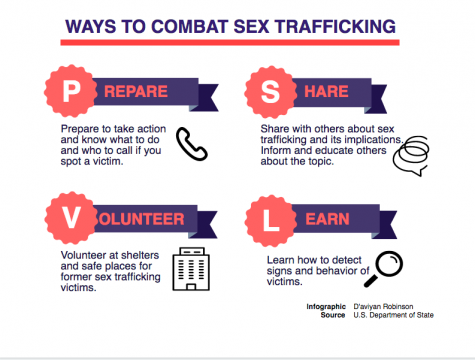
Christina Melander of the Urban Research and Outreach-Engagement Center (UROC) said places with large numbers of people, such as the Mall of America, are potential sex trafficking hotspots.
“(The Mall of America) also can be a site where somebody might make a connection with a sex buyer to engage in sexual activity with later,” Melander said. “The mall brings a lot of people from all across the U.S. and all across Minnesota together and there’s just a lot of transit happening there.”
Melander said research at UROC has found a link between major events and sex trafficking because of research showing there are increases in advertisements and male populations around these times.
“What literature and what past research has shown is that during the Super Bowl there is an increase in online advertisements. There’s a lot of other events that draw a lot of commercial sexual activity and where a lot of sex trafficking takes place,” Melander said. “Some of those events for example, are electronic trade shows or other kinds of conventions, specifically conventions that bring or draw a large male population into a community are events”.
According to Nacke, people are becoming more aware of the sex trafficking industry and the implications it has for people worldwide.
“There are more programs on television about trafficking; more publications and more persons involved. States legislators are enacting laws that punish perpetrators and assist the victims. Law enforcement is better prepared to recognize cases. Churches and all kinds of professional organizations are becoming involved,” Nacke said.
Nacke said people often educate and inform others about sex trafficking that may occur around these events to help prevent it.
“Sisters in areas hosting the Super Bowls have done great work in educating hotel and/or motel personnel,” Nacke said.
Junior Lindsey Prestholdt thinks greater representation in the news also supports anti-trafficking at large events.
“Having it on the news really helps with telling people about it and gaining awareness for it,” Prestholdt said.
Nacke said there are a multitude of other resources victims and people hoping to get more involved can utilize for prevention.
“Polaris Project is another excellent resource that closely monitors human trafficking. If you google ‘twenty-first century slavery’ or ‘human trafficking’ you will see a plethora of information,” Nacke said.



